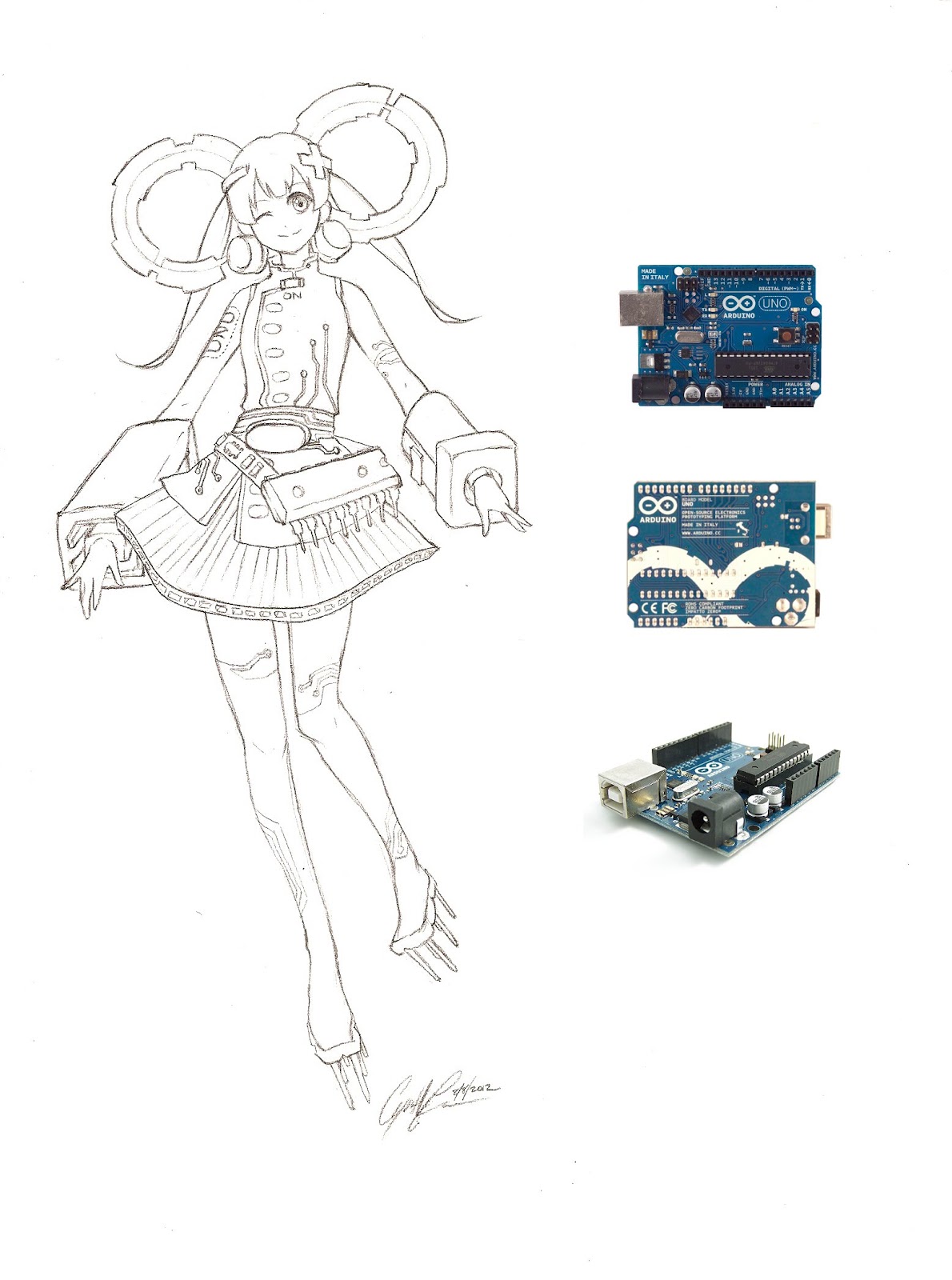It is with the greatest feeling of exhaltation and fear for the future of robotkind that I officially announce the opening of Big Chuck’s Robot Warehouse Adafruit Heavy Industries Co. Ltd. e0designs. Hell, I even went as far as to get stickers.
I’m still flabbergasticulated at how much better everything looks with a generic Avery shippping label attached to it. Get your RageBridge today! Some other potentially exciting products are coming, of course, and these will only get better as more real world usage data returns to me.
With business-business taken care of for now, I’m going to return to ruminating a bit about what *I* want to do now. This year’s already gotten off to a great start, what with infinity sweet-ass machined parts and assembled PCBs and Motorama and junk.
the robot end of things
Clocker’s performance at Motorama was hampered by some typical “teething” issues with not thoroughly tested first-event bots. So, my short term goal is to just get it running reliably. Besides switching first to #25H (heavy) chain, which has by my measurements 33% thicker side plates than the regular 25, I’m also planning on modifying how the legs attach to the frame. The legs just used the threads on shoulder screws to hold the pressure of about 9″ or so of leverage, and those stripped out at the event after a few runs into walls.
Check out those bent shoulder screws with chunks of 1/4″-20 screw thread in them.
Short of finding a way to double support that area, I’m thinking of just massively single-supporting it, making a spacer with a bore of 1/2″ or so and tightening a long screw most of the way through the standoff. Putting that whole region into compression means the leg has to transmit much more force before causing plastic deformation or breakage of the metal. The primary reason behind this is that double supporting was not really feasible without making the fork even narrower due to the positioning of the screw heads, which is something I didn’t want to do.
I’m willing to give one more event to see how the single support performs; if needed, then things will get narrower to fit.
Besides the leg attachment and chain, I intend on rebuilding the clamp actuator. Right now, with a 1/2″-10TPI ACME leadscrew as the primary linear motion element, it suffers a little from nut-and-bolt syndrome where if the clamp runs against a limit, it likes to tighten so much it can’t get loose again!
Clearly suboptimal. What I’m thinking of doing is switching to a fast-travel, high helix angle leadscrew. This would mean I’d have to gear the actuator motor more again, but the output will travel many pitches for one rotation of the screw (or nut). The higher helix angle makes bolting yourself far less likely.
To this end, I bought some 5-start 1/2″ fast-travel leadscrews on McMaster. They go a full 1/2″ per turn!
This is some premium shit – the nut costs $30 and the screw $40. The screw is a higher grade of steel (4140) though, and it’s heat treated, so overall this whole thing will be way more rigid than the current screw.
These changes are all slated to occur Whenever – Clocker will hopefully have monthly jousts and sparring sessions to keep me in practice, so I’m looking to complete these mods in the next 2 or 3 weeks. I’m going to have to pick a new geared motor for the clamp actuator (not in the mood to chop another drill gearbox given their recent quality declination) and also move away from the extremely shady chain drive that is part of the current actuator. Maybe to less-shady chain, but in the best case I’d want to go back to a gear drive.
other bots
I’m kind of itching for another bot again, but it has to not be substantial enough to take attention away from Clocker. Through much discussion at Motorama, I’m going to create a pilot or prototype for something that we want to field later this year (such as at Dragon*Con) or next year at Moto ’14.
That’s it. You’ll have to wait and see.




